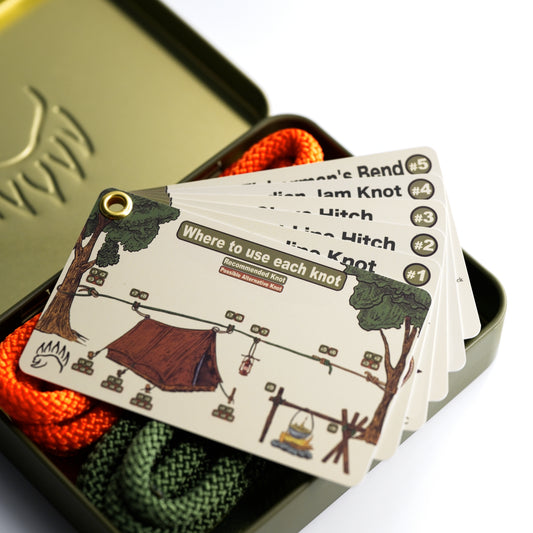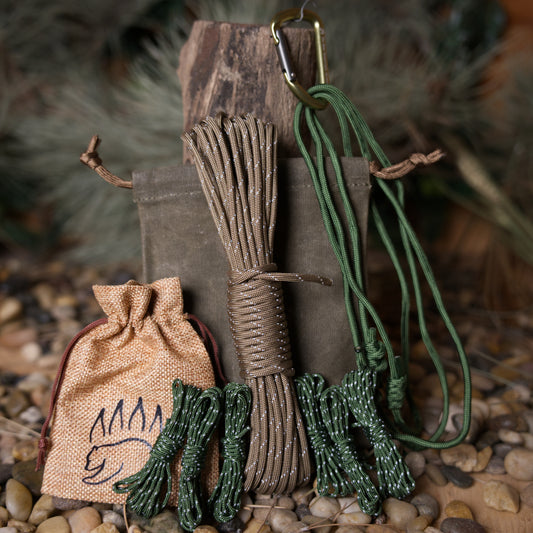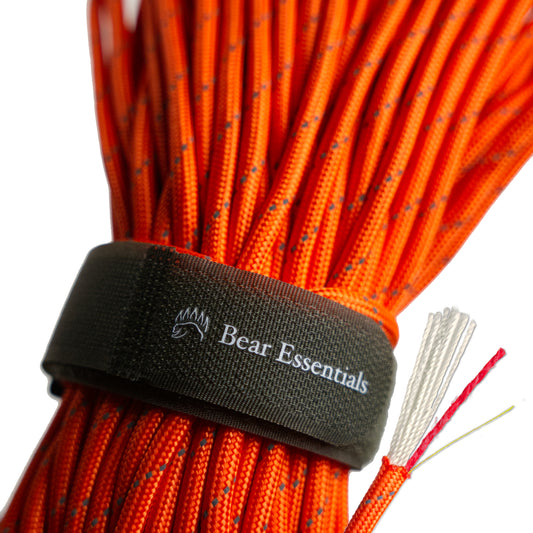How to Tie the Seagur Knot
Usage
The Seagur Knot is commonly used to join braided fishing line to monofilament or fluorocarbon leaders, especially in saltwater fishing. Its compact structure ensures reliability under heavy fish pulls, making it a favorite for anglers targeting large species.
Why Learn the Seagur Knot?
Its straightforward design creates a strong connection for fishing lines. This knot is a practical choice for anglers needing a quick, dependable join in tough conditions.
Common Uses
-
Fishing:
- Connects braided line to monofilament leaders for saltwater species.
- Joins lines of different diameters for versatile tackle setups.
ABOK Number
(Ashley Book of Knots)
Other Names
Category
|
Notable Features
- High Strength: Holds firm under heavy loads, ideal for big fish.
- Easy to Tie: Forms faster than the FG Knot, great for quick setups.
- Versatile Diameters: Joins braid to mono or fluorocarbon effectively.
- Reliable in Wet Conditions: Maintains grip even with slick lines.
Variations
No true variations are listed. For added security, increase wraps to 12 for slicker lines or tie a small overhand knot with the braid’s tag end to lock the knot.
Similar Knots
FG Knot vs. Seagur Knot
- Pros: Smoother profile passes easily through rod guides, stronger for braid-to-mono.
- Cons: Takes longer to tie and requires more practice than the Seagur Knot.
Albright Knot vs. Seagur Knot
- Pros: Slightly quicker to tie, widely used for similar applications.
- Cons: Bulkier than the Seagur Knot, less smooth through rod guides.
History
The Seagur Knot, named after the Seaguar brand known for fluorocarbon lines, emerged in fishing communities to address the challenge of joining braided lines to monofilament or fluorocarbon leaders. While not listed in The Ashley Book of Knots, its popularity in modern saltwater fishing reflects its effectiveness for heavy-duty angling.
Security Level
The Seagur Knot provides high security for joining fishing lines, holding strong under heavy loads when tied with sufficient wraps and proper tension. It performs well with wet or slick lines but may slip if not tightened carefully.
Downsides
- Bulky profile: Slightly larger than the FG Knot, can catch on rod guides.
- Tightening required: Needs careful tensioning to prevent slippage on slick lines.
Structure
- Double the monofilament or fluorocarbon leader to form a loop, leaving 6-8 inches of tag end.
- Pass the braided line through the loop, leaving a few inches of tag end to work with.
- Wrap the braid around the doubled mono 7-10 times, keeping wraps tight and even.
- Pass the braid’s tag end back through the mono loop in the opposite direction it entered.
- Wet the knot, pull both main lines to tighten, and trim the tag ends close.
Pro Tip: Wet the lines before tightening to reduce friction and ensure a snug knot. Use at least 7 wraps with the braid for maximum strength, and test the knot under light tension before fishing.
FAQ
Is the Seagur Knot strong enough for big-game fishing?
Yes, it’s reliable for heavy fish when tied with 7-10 wraps, but test it before use.
What’s the best line for the Seagur Knot?
Braided line with monofilament or fluorocarbon leaders works best for a strong connection.
How does the Seagur Knot compare to the Albright Knot?
The Seagur Knot is less bulky and easier to tie, while the Albright is quicker but catches on guides.
Can the Seagur Knot be used in freshwater fishing?
Yes, it works for freshwater but is most popular in saltwater for heavy tackle.
Why choose the Seagur Knot over the FG Knot?
The Seagur Knot is simpler and faster to tie, making it better for quick leader changes.
Important Notes on Safety
Common failure points include insufficient wraps or loose tightening, which can cause the knot to slip. Always verify the wraps are snug and test the knot under light load before fishing. Check lines for wear or slickness before tying. Ensure 7-10 wraps for a secure hold. Practice tying in calm conditions first.









